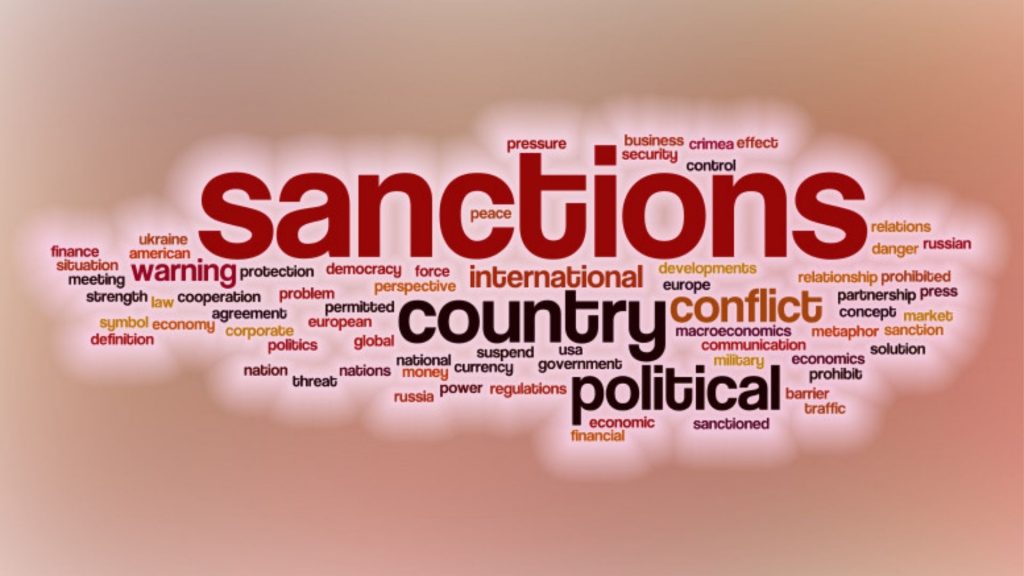For growing businesses, manual sanction screenings are not a feasible solution. Instead, a programmatic sanctions screening is required, which manages to identify high-risk individuals among the growing number of trustworthy customers. Let’s learn about key features of programmatic sanctions screening.
Programmatic Sanctions Screening
Alright, so programmatic screening requires sophisticated compliance software capable of applying a risk-based scoring mechanism and then producing actionable results.
There are three predominant features that you should watch out for to identify a proper programmatic screening solution.
First of all, it needs access to all notable sanction issuing bodies. It’s not enough to simply check one or a handful of lists. Instead, a sophisticated compliance solution needs to know all important regulatory bodies and screen all issued lists.
Secondly, it should be capable of fuzzy matching. Matches are seldom perfect, meaning that programmatic sanction screening tools allow for minimum thresholds, depending on how exact or “fuzzy” a match happens to be. Slight alterations to the name, location, birthdays, or aliases should not necessarily prevent a compliance solution from identifying a high-risk individual.
Lastly, it should have auditability. Manual sanction screenings are often hard to understand retroactively. Using programmatic sanction screenings, it is now possible to create a time-stamped record of the screening and decision-making process. For regulated services, this is an absolutely crucial feature.

What Are AML Sanction Screenings?
Sanction screenings have become an essential component of anti-money laundering (AML), know your customer (KYC), and counter-terrorist financing efforts (CTF). They are intended to protect businesses from high-risk customers while also contributing to the integrity of the global financial system.
Keeping track of sanctions lists is difficult, however, because new people are added and removed on a daily basis. There are several issuing bodies, each with their own list. Furthermore, the definition of what constitutes a sanction is constantly evolving and more open to interpretation than ever before.
What Is A sanction?
A sanction is a punitive measure imposed by a regulatory body to alter behavior or obstruct high-risk entities. These are usually political or economic in nature, and they target fugitives who pose a threat to society.
Sanctions, in general, seek to obstruct:
- Arms merchants
- Money swindlers
- Terrorists
- Traffickers in drugs
- Violations of human rights
What Is A Sanctions List?
A sanctions list is a collection of individuals, groups, and entities that have been sanctioned. As previously stated, there are numerous issuing bodies, and the nature of the lists can vary.
The European Union, for example, maintains a consolidated list of those subject to EU financial sanctions, whereas Interpol’s sanctions list focuses on international criminal fugitives.
Surprisingly, the complexity of these lists is high because they include not only the individual’s name but also recent locations, aliases, and other ancillary data. In fact, the amount of data involved is so vast that it is impossible to keep track of on your own. Instead, specialized compliance solutions that automate the sanction screening process are required.
What Makes Sanctions Screening Challenging?
It has never been more difficult to protect your company from high-risk individuals. Why is this the case?
- Sanctions lists are updated on a daily basis — Sanctions are increasingly being used by governing bodies to thwart the actions of high-risk individuals. As a result, the sanctions list is constantly changing, with people added and removed on a daily basis.
- Sanctions are becoming more complex — Previously, sanctions were imposed on states or organizations, but now they are frequently imposed on individuals and even specific sectors.
- The number of sanctioning bodies is growing — The number of bodies issuing sanction lists is growing steadily. As a result, without the use of a sophisticated compliance solution, keeping your finger on the pulse has become impossible.
How Does A Sanction Screening Work?
The term “sanctions screening” primarily refers to the process of determining whether a customer is named on a sanctions list. Having said that, sanctions screenings are becoming increasingly sophisticated, even checking to see if customers are related to those on the list. The check can be performed manually by typing a name into an online search tool. However, these are known to be unreliable, and this approach is not feasible for businesses with a large number of customers. Instead, most platforms use a specialized compliance solution that screens prospective customers and flags high-risk individuals in advance.
Final Thoughts
Sanction screenings are critical in protecting your company from high-risk individuals. They serve as the first line of defense, allowing you to identify criminal fugitives prior to doing business with them. Those who have been convicted of criminal activity are always on the lookout for a platform. Failure to identify such customers in advance can have disastrous consequences. If your company unwittingly assisted terrorists or money launderers, it would almost certainly be the end of it.








